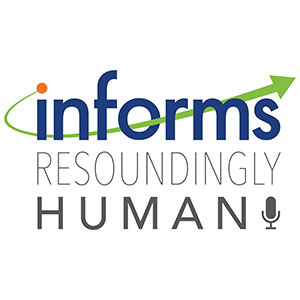Health Affairs, November 1, 2021
As we continue to move forward through the COVID-19 pandemic, Americans grapple with the enormous strain on humanity and the health system. We are presented with the challenge—and opportunity—of asking how health care can adapt to provide more efficient methods of addressing the needs of patients, fostering resiliency and preparedness for the future, and providing higher-value care. For decades, the field of economics and outcomes research has designed and deployed methods to conduct clinical and economic evaluation of health interventions. These tools serve as an important foundation to derive information on value and efficiency across the health care system.
















